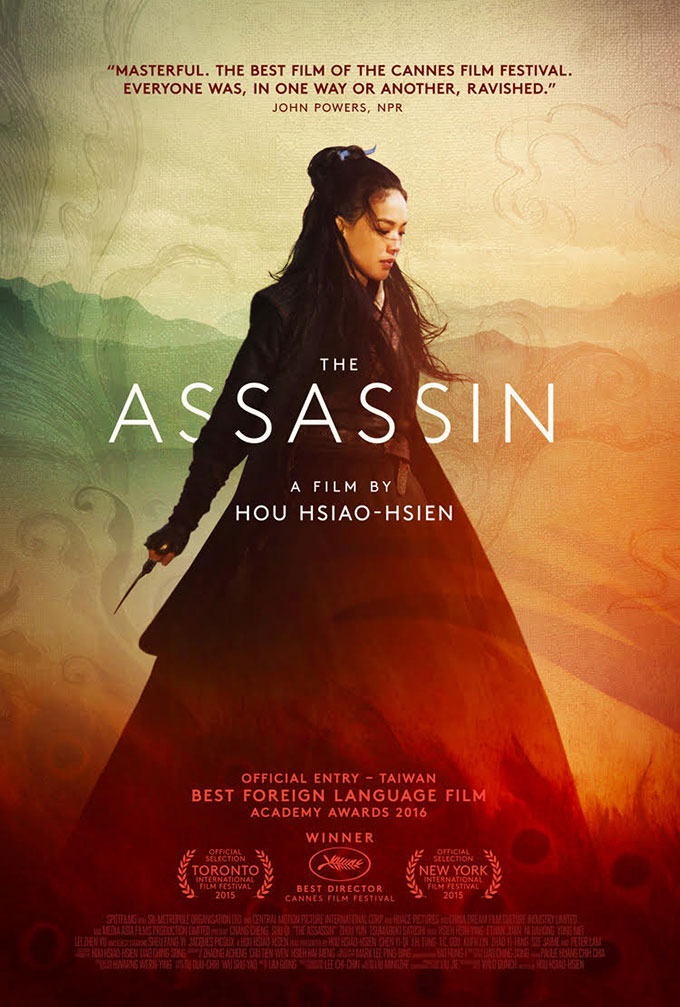The British Board of Film Classification (BBFC) presents the following guidance for film classification:
Discrimination
"The work as a whole must not endorse
discriminatory language or behaviour, although
there may be racist, homophobic or other
discriminatory themes and language."
Our film definitely conforms to the guidelines here - women are not explicitly discriminated against, Eve's mental health problem is not explicitly stated and no other minorities are obviously present.
Drugs
"Drug taking may be shown but the work as a whole
must not promote or encourage drug misuse
(for example, through instructional detail). The
misuse of easily accessible and highly dangerous
substances (for example, aerosols or solvents) is
unlikely to be acceptable."
Drugs are not used in our film.
Imitable behaviour
"Dangerous behaviour (for example, hanging, suicide
and self-harming) should not dwell on detail which
could be copied. Whether the depiction of easily
accessible weapons is acceptable will depend on
factors such as realism, context and setting."
The closest thing to imitable behaviour in our film would be when Eve decides to commit suicide at the end of the film - however, since we only see her decide to kill herself, it is not shown in any detail so does not really fall under imitable behaviour. Easily accessible weapons are portrayed (for example the knife scene, just before killing her mother) but are looked upon generally disapprovingly. The knife is not glamorised so falls within this bracket.
Language
"There may be strong language. Very strong language
may be permitted, depending on the manner in
which it is used, who is using the language, its
frequency within the work as a whole and any special
contextual justification."
Some strong language may be used, but very strong language will not be applied. Strong sexual expletives will not be used at any stage.
Nudity
"There are no constraints on nudity in a non-sexual or
educational context. There may be nudity in a sexual
context but usually without strong detail."
There will be little to no nudity in our film - it is unnecessary in our case. Any nudity will not be in a sexual context.
Sex
"Sexual activity may be portrayed, but usually without
strong detail. There may be strong verbal references
to sexual behaviour, but the strongest references are
unlikely to be acceptable unless justified by context.
Works whose primary purpose is sexual arousal or
stimulation are unlikely to be acceptable."
No sexual activity is portrayed. No verbal references to sexual activity are made. Our primary purpose is not to arouse or stimulate.
Threat
"There may be strong threat and horror. A sustained
focus on sadistic or sexual threat is unlikely to
be acceptable."
There will be strong threat in our film but it is not sexual or sadistic - the threat is Eve, but we don't know why she is threatening people in this way.
Violence
"Violence may be strong but should not dwell on the
infliction of pain or injury. The strongest gory images
are unlikely to be acceptable. Strong sadistic violence
is also unlikely to be acceptable.
There may be detailed verbal references to sexual
violence but the depiction of sexual violence must be
discreet and justified by context."
Our film will contain strong violence, for example when she kills her mother, but we will be careful to portray it in such a way that little gore is present. Sexual violence is not present.
In light of all these, we have chosen to give our film a
15 – Suitable only for 15 years and over rating.

GH





























_logo.svg/1200px-BBFC_(Age_Ratings_You_Trust)_logo.svg.png)









